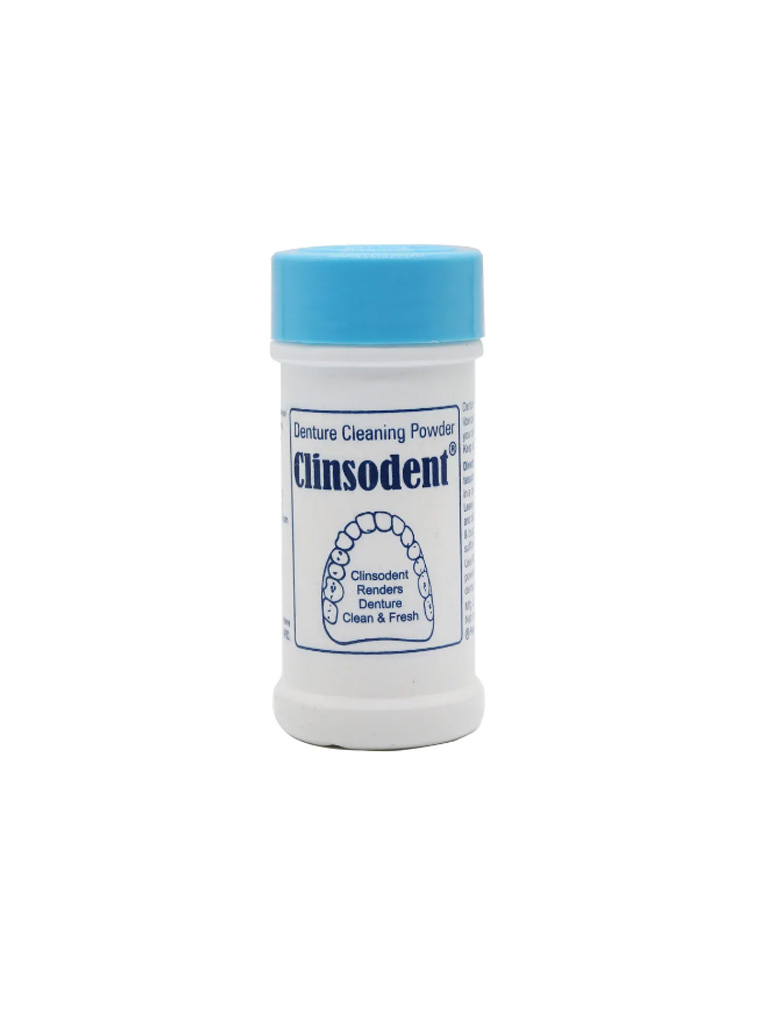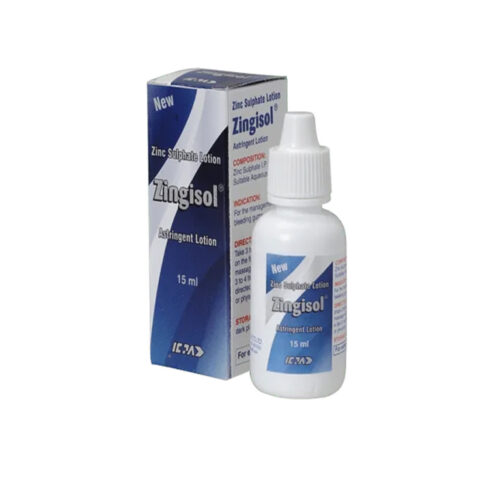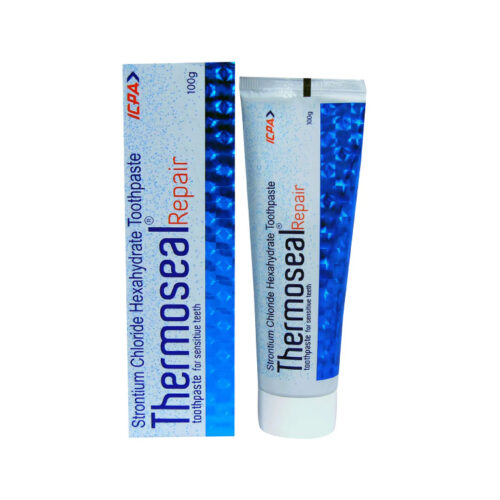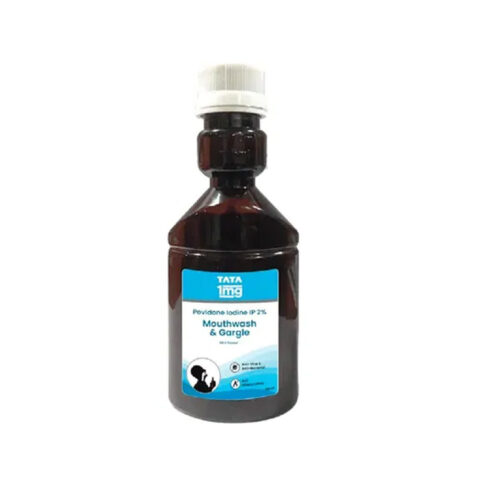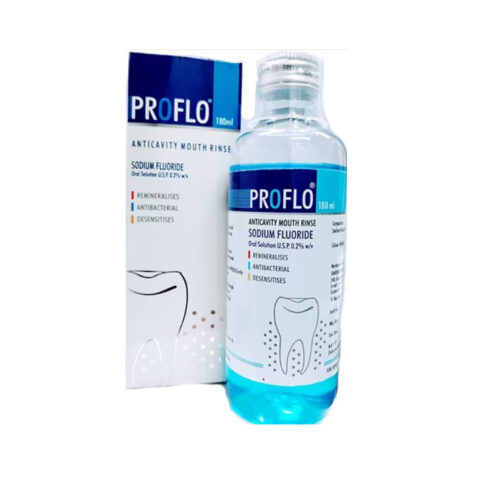Description
Main components of Clinsodent® Denture Cleanser Powder?
The Peroxygen Compounds: The peroxygen compounds like potassium persulfate, sodium perborate monohydrate, and sodium carbonate peroxyhydrate are those which yield active oxygen on admixture with water.
Alkalinity Imparter: Particularly suitable materials to provide the alkalinity of the composition are trisodium phosphate (a compound which in dilute aqueous solution, e.g. at 0.1-1% concentration, has a pH of 11.5-11.9) or sodium carbonate (whose dilute aqueous solutions have a pH which is generally above 11)
Sequestering Agents: Sequestering agents are added to maintain clarity and to promote calculus removal. Preferred sequestering agents include ethylene diamine tetraacetic acid (“EDTA”). The EDTA may be present in amounts of above 1% to 25% by weight of the composition, preferably about 17% to about 23% by weight of the composition, and most preferably about 19% to 21% by weight of the composition. EDTA also plays a role as an anti-bacterial component.
Surfactant: The Clinsodent powder also contains an anionic surfactant, having a long hydrophobic alkyl chain (e.g. of about 8-20 carbon atoms) attached to a hydrophilic ionic portion such as sulfate or sultanate radical (e.g., sodium laurel sulcate) in an amount sufficient to promote foaming.
Dilute Acid: Dilute acids like Sulphamic acids are used for much better cleansing action.
Plaque Remover: Tetra Potassium Pyro Phosphate plays a key role in the removal of plaque.
Enzymatic Action: Clinosdent contains Everlase as a proteolytic enzyme. The enzyme functions through the digestion of the human mucoprotein component of deposits.
How to use Clinsodent® Denture Cleanser Powder
Take a teaspoonful of Clinsodent® in a suitable container, filled with water, leave the denture overnight. Rinse and brush the denture with sufficient water before use.

